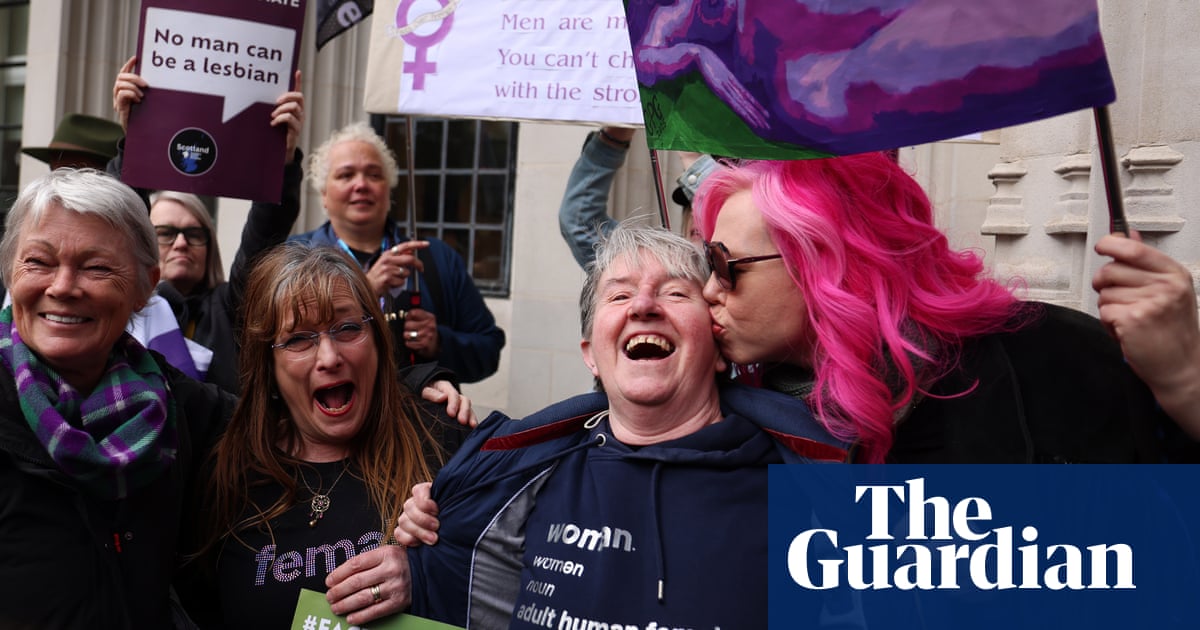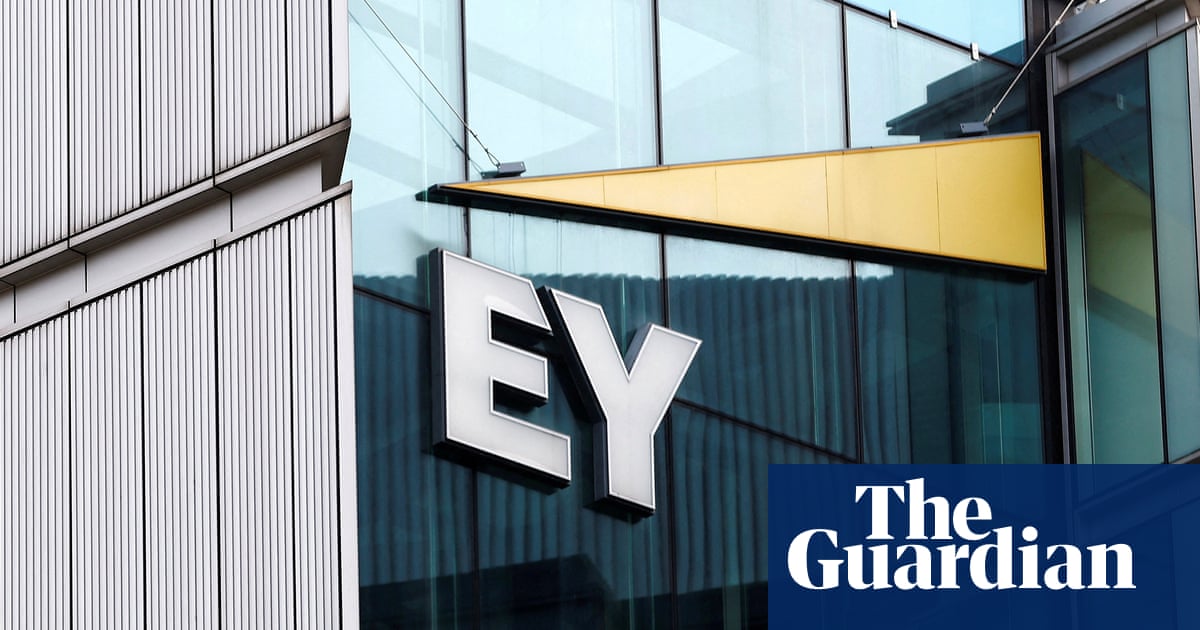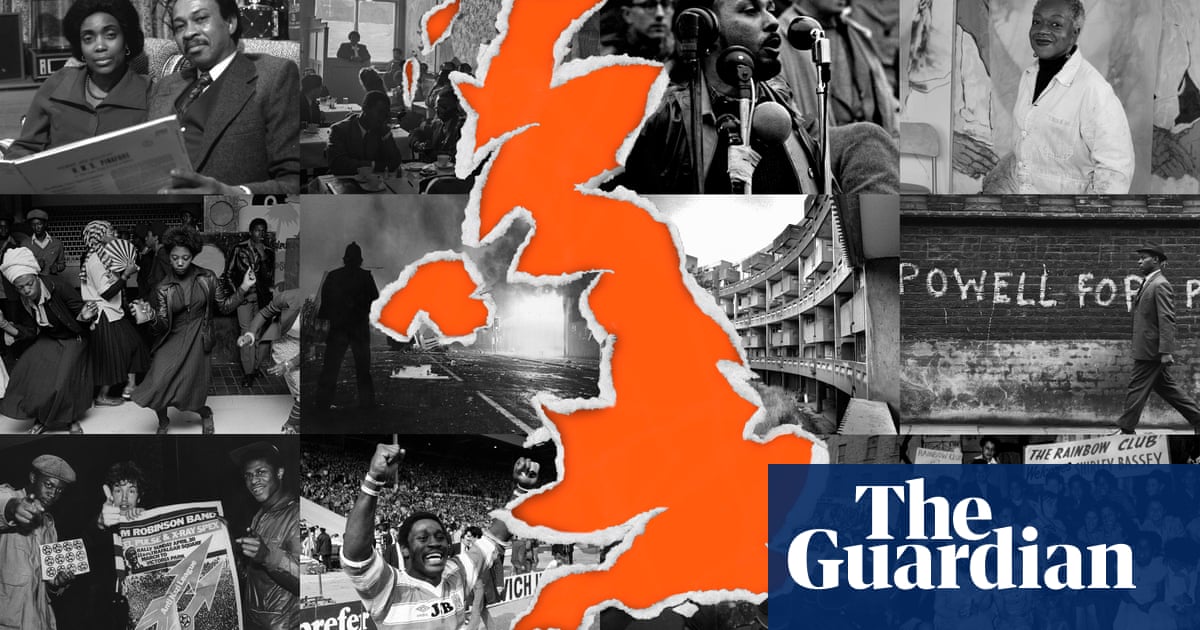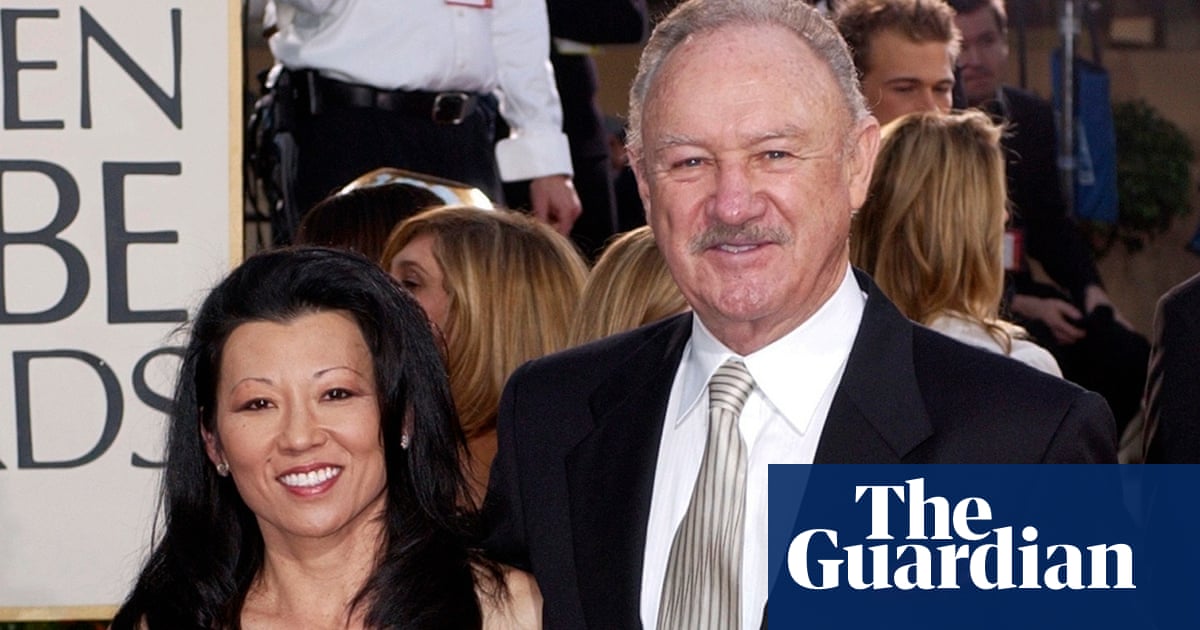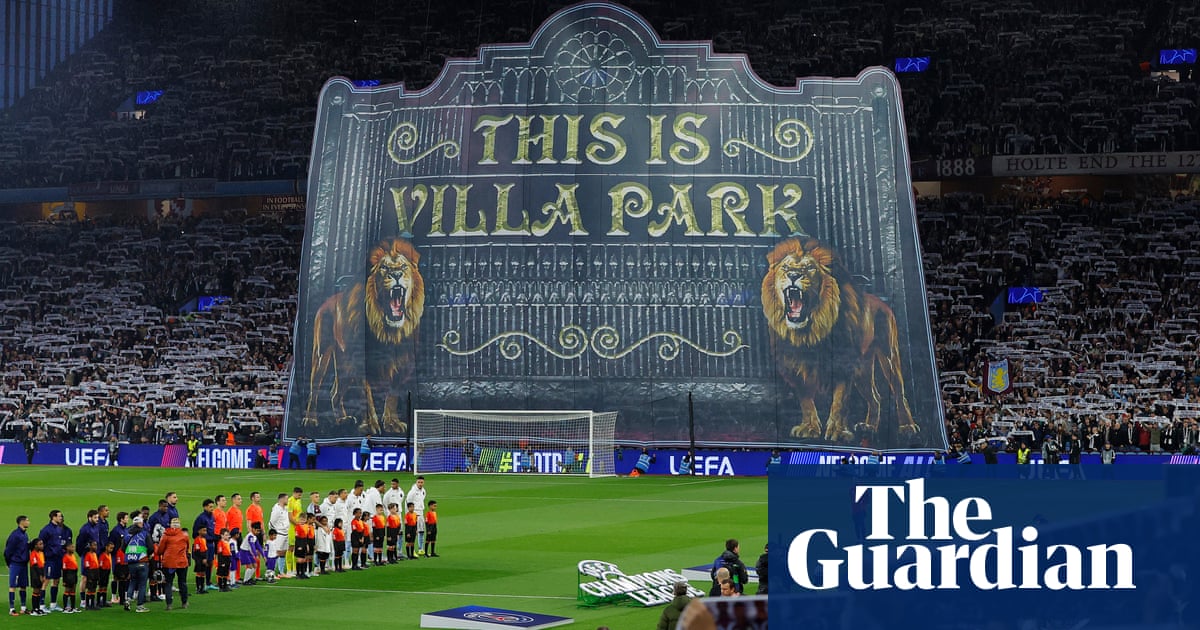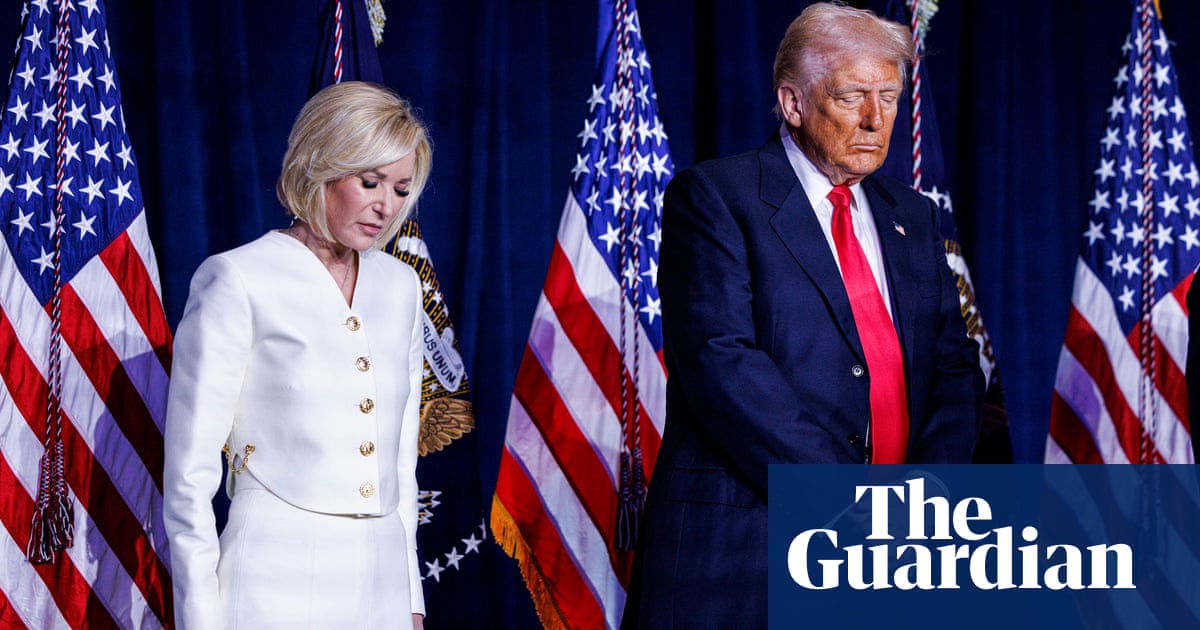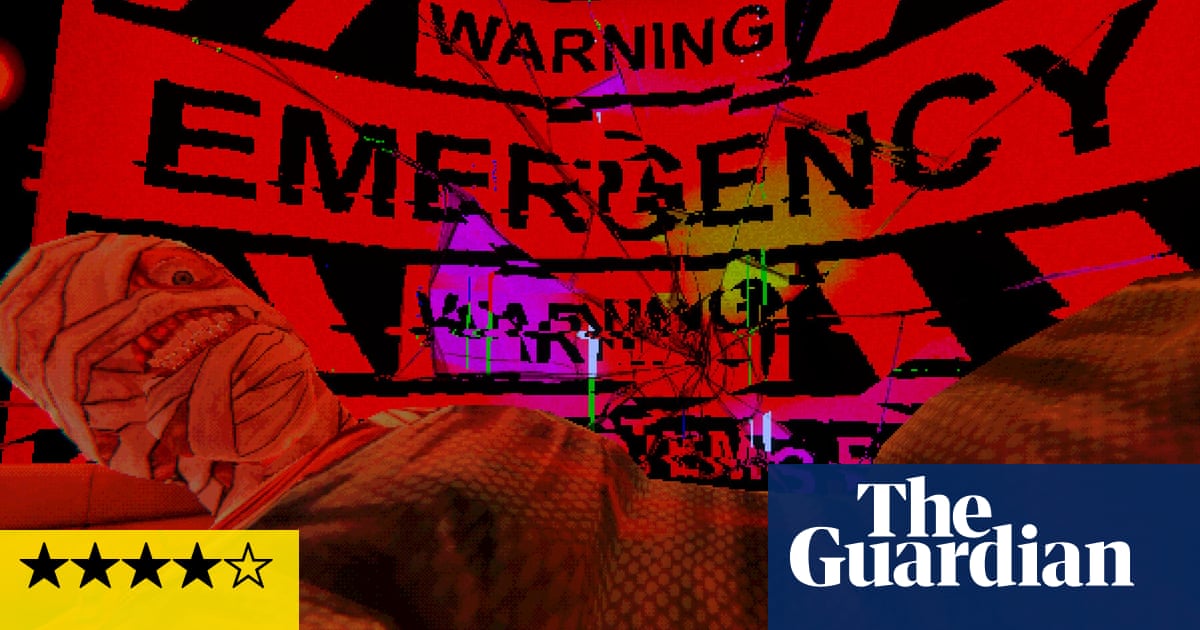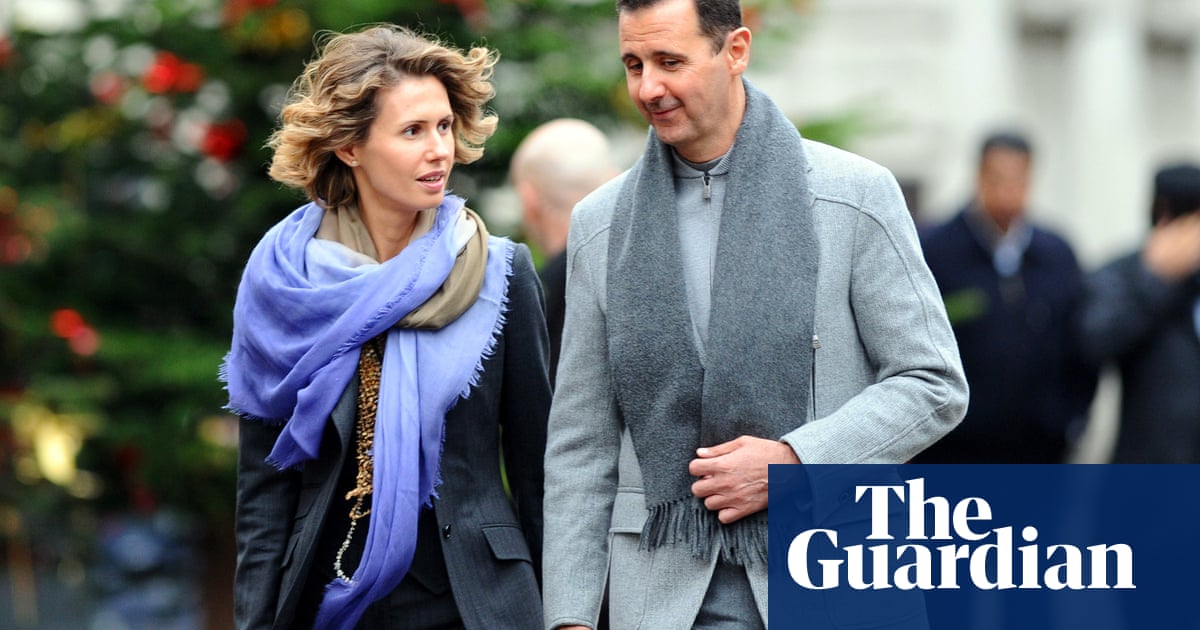A giant quilt made to remember people who died of Aids in Britain is to be publicly displayed later this year at Tate Modern’s Turbine Hall in London.
The UK Aids Memorial Quilt was created in the 1980s at the height of the epidemic to raise awareness of the disease and humanise the people who died from it. By the end of 2011, 20,335 people diagnosed with HIV had died in the UK.
The project took its inspiration from the US Aids Quilt, which was initiated in 1987 by the American human rights activist, author and lecturer Cleve Jones. The Scottish activist Alistair Hume met Jones in San Francisco, saw the US quilt and decided to start a UK chapter, from his base in Edinburgh.
After its initial outing in the late 1980s and early 1990s, the quilt was put into storage. It has been displayed since – in 2021 it was shown at the European Aids conference at the ExCeL centre in London.

But it will make its first appearance at a major UK cultural institution when it is hung at Tate Modern’s Turbine Hall this summer, from 12-16 June.
The fashion critic and author Charlie Porter, who helped arrange the Tate Modern exhibit, used images of the quilt in his novel Nova Scotia House, and said being in its presence was a “humbling experience”.
“There is a precedent of placing the quilt in iconic locations to really send the message home about HIV/Aids, and in the UK it was laid out in Hyde Park and there’s nowhere more iconic in the UK than the Turbine Hall,” he said.
The US quilt was displayed for the first time on the National Mall in Washington DC, during the national march on Washington for lesbian and gay rights.
Porter added: “It’s about sending a message about those lost to the Aids crisis but also to talk about HIV stigma that continues today.”
The panels are all 6ft by 3ft, a size used because it represented the average size of a grave plot. Many of those who died were denied funerals: some undertakers refused to handle their bodies, while sometimes family members did not want a formal ceremony.
The names on the quilt include Ray Petri, a stylist described by the Observer in 2000 as “the man who dressed a decade”. The panel in memory of Robert Fraser, an art dealer, known as “Groovy Bob”, was made by the fashion designer Bella Freud.
Others are the writer Bruce Chatwin, the actor Denholm Elliott and the Chariots of Fire star Ian Charleson, who was subjected to homophobia in the theatre world before his death in 1990.
Siobhan Lanigan, a volunteer for the UK Aids Memorial Quilt Partnership, said: “It’s about bringing back what the quilt was intended for; public viewing, a representation of the people who had died and an active visual voice of protest. Those people were the subject of hatred that should never be forgotten.”

The display comes at a time when warnings have been issued about US funding cuts that could exacerbate the rise of Aids in some countries.
A former president of the International Aids Society voiced fears of “dramatic increases in infections, dramatic increases in death and a real loss of decades of advances” as a direct result of the decision by the US to cancel 83% of its foreign aid contracts and dismantle USAID.
Porter said the continuing Aids crisis and threats to funding meant things were about to “get very scary for people”. “There’s no better place to bring that to the public eye than the Turbine Hall,” he added.
Karin Hindsbo, the director of Tate Modern, said: “It’s going to be an honour to show the UK Aids Memorial Quilt in the Turbine Hall. This feels like an apt place for the public to see it … The quilt is an incredible feat of creative human expression and I know our visitors are going to find it a deeply moving experience.”

.png) 1 week ago
13
1 week ago
13



